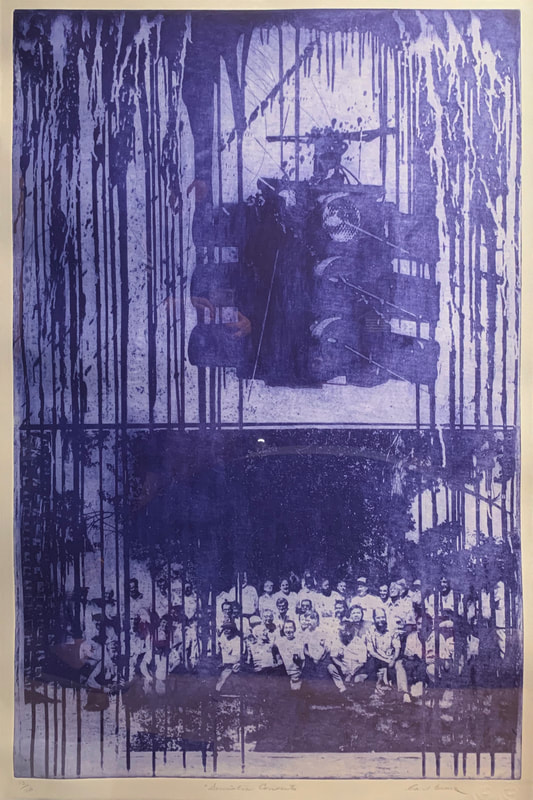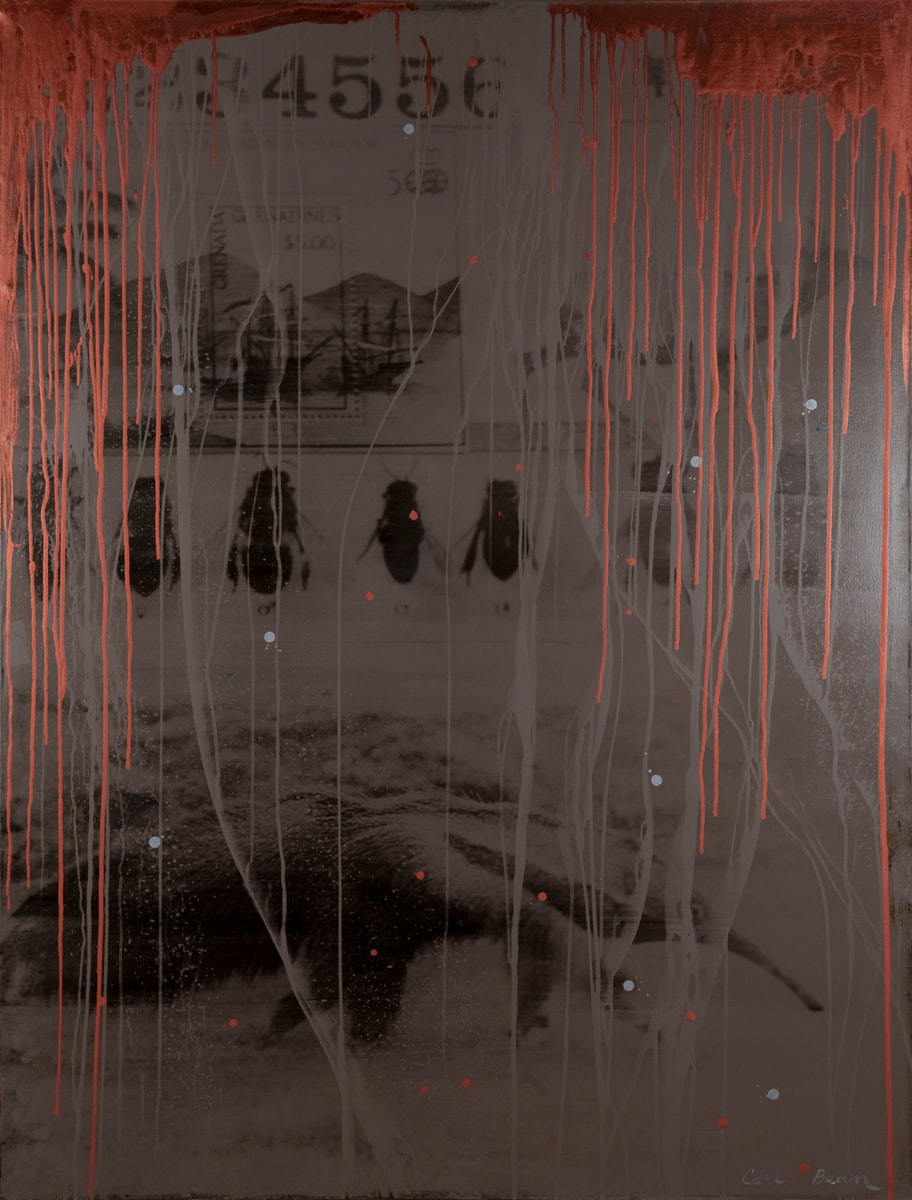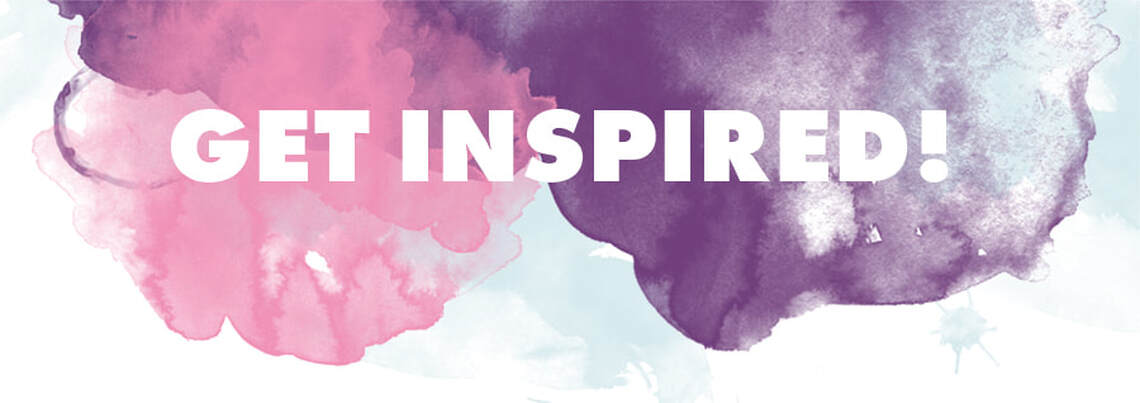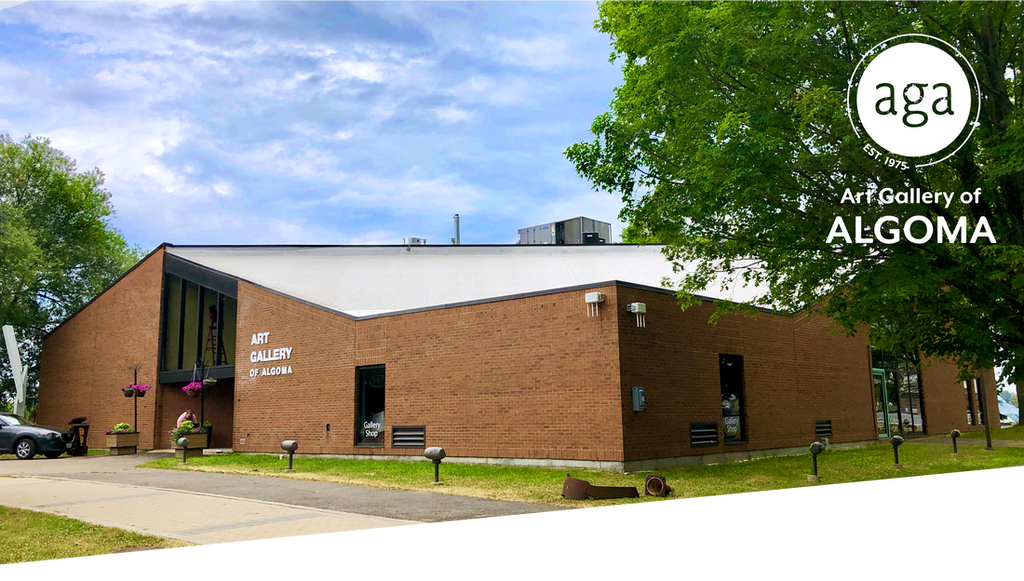<
>
Carl Beam was born on Manitoulin Island in 1943. At the age of ten, Beam was sent to residential school until he was eighteen years old. Beam never discussed this period of his life, but elements of it did resurface in his art. Beam was an Ojibwe artist who confronted historical and contemporary issues relating to Indignity, colonization, and the environment. In many of his mixed media artworks, Beam merged memories from his own residential school experience with historical photographs of Anishinaabe individuals to reflect on how European colonialism has affected Indigenous way of life, tradition, and culture throughout history. Beam married fellow artist and collaborator, Ann Elena Weatherby in 1979 and then later moved to New Mexico which led to new developments in Beam’s artistic practice. Between 1989 and 1992, Beam would create an important body of work titled, The Columbus Project to help the public see the 500th anniversary of Columbus’ arrival in the North Americas from an Indigenous perspective. In many of these artworks a part of the series, he showed the before and aftereffects of European colonialism on Indigenous land, people, and culture. The Columbus Project would gain national and international attention in various art institutions around the world. In his later works, he also questioned humanity’s relationship to nature as it was being replaced by modern technology at the turn of the 21st century. Most notably, Beam introduced contemporary Indigenous art by experimenting with a variety of media to express socio-political concerns, environmental justice, and Indigenous sovereignty. He was then inaugurated into the Royal Canadian Academy of the Arts in 2000 and won the Governor General’s Award in Visual and Media Arts in 2005. Beam passed away in July 2005. Beam’s artworks had been collected in museums and galleries across Canada including the National Gallery of Canada, the Art Gallery of Ontario, and the Art Gallery of Algoma. Beam attended a variety of universities to develop his skill during the 70s, He Attended Kootenay School of Art in British Columbia before transferring to the University of Victoria where he graduated with a bachelor of fine arts, and soon after completed his Master of Fine arts at the University of Alberta. It was during this time that he became heavily influenced and inspired by the pop art movement, particularly artists such as Robert Rauschenberg. He took inspiration from the movement to create large bold works using photo transfer, collage, and mixed media. Beam used his variety of mediums to express his concerns and opinions, these included socio-political, environmental and indigenous rights and though he did not often talk about his time at the residential school in Spanish, ON he did explore his experiences through his art, often depicting his own imagery along side historical imagery of Anishinabee individual to reflect on how colonialism had affected Indigenous ways of life. Carl Beam described his work in 1999, saying “My works are like little puzzles, interesting little games. I play a game with humanity and with creativity. I ask viewers to play the participatory game of dreaming ourselves as each other. In this, we find out that we’re all basically human…. My work is not fabricated for the art market. There’s no market for intellectual puzzles or works of spiritual emancipation.” |
|
|
|
GET INSPIRED
Get Inspired by Mixed Media
Try this creative activity based on the artwork!
Carl Beam expressed his views and life stories through his mixed media works using both his own images as well as images he found. Now it’s your turn, create a collage-based work to tell a story or to create art about something important to you!
SUPPLIES
- Thick Paper or Canvas
- Collage materials: newspaper clippings, photographs (can be your own or found images) old magazines
- Glue or modge podge
- Paint or Markers
- Paintbrushes
- Water
- Rag/paper towel for cleanup
INSTRUCTIONS
- Take some time to consider what your themes or ideas are for your collage. Are you going to tell a story about you or something that happened to you? Or maybe there’s an idea or topic that's very important to you that you want to use to inspire your collage. Whatever you choose you’ll want to find images and collage materials to create your work.
- Once you’ve got your ideas you’ll want to gather your materials and find a good place to set up to do your work.
- Start looking through your collage materials and begin cutting out pieces that speak to your experience. If you are feeling extra creative, you can go out and take photos and print them out for this activity!
- Begin to arrange your collage materials onto your paper or canvas, you can continue to move and adjust the pieces until you are happy with the layout. When doing this consider how your pieces are interacting. Does it tell your story better depending on what images are next to each other? Should some pieces be more visible than others because they are more important?
- Once you’ve created a layout that you are happy with begin to glue down or modge podge your images onto your canvas or paper. Let dry completely before the next step.
- To finish up the work try experimenting with layering words and/or shapes on top of your dried works using paints, markers or even more collage materials. Carl Beam often layered paint or ink onto his photo collages and mixed media works.
Don’t forget, there are no mistakes in art! Be bold and have fun!
|
|
Share your inspired work with us!
Send us an e-mail with your name, photo of your work and the activity it was inspired by and it could be posted on our website!
Please be aware that whatever is posted is widely accessible. The AGA is not responsible for the copyright and has no control of what people will do with the posts.
Please send you submission to: [email protected]
Please be aware that whatever is posted is widely accessible. The AGA is not responsible for the copyright and has no control of what people will do with the posts.
Please send you submission to: [email protected]




